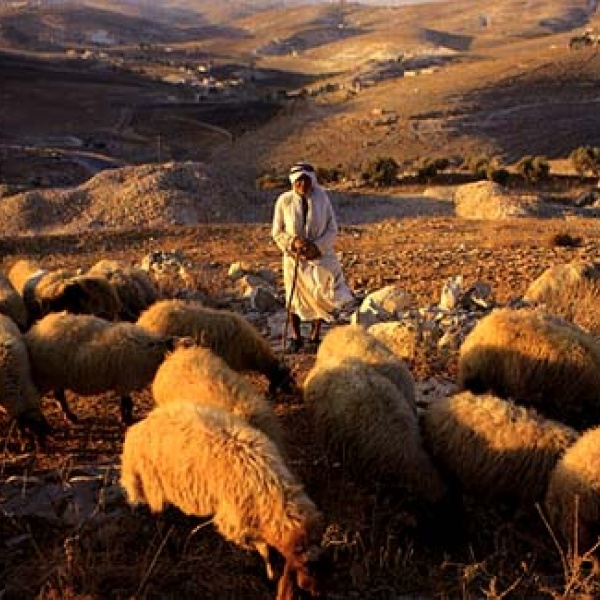
While it is undoubtedly true that people get the leaders they deserve, it is also true that great leaders are often—though not always—able to inspire…

Success and great leadership go hand in hand. That is why organizations, sports teams and even countries can continue to excel or flounder year after…

“Pinchas, the son of Elazar, the son of Aaron the priest was the one who so zealously took up My cause among the Israelites, and turned My anger away…

Parshat Pinchas presents us with at least three distinct models of leadership. Our parsha gets its name from the zealotry of Pinchas who, without…

"And they called the people to their religious sacrifices, and the people ate and worshipped the Moabite gods" (Bamidbar 25:2). How…

The illustrious "career" of Moshe Rabbeinu is coming to an end. G-d has told him that he will not be the one to lead the Jewish people into the land…

"And Moshe did as G-d had commanded and he took Joshua and stood him before Elazar Hakohen and before the people" (27:22). Moshe's role as leader is…

The d'var Torah this week is dedicated in honour of the participants on the inspiring Journey Through Jewish History - Italy 2012. “And it was after…
